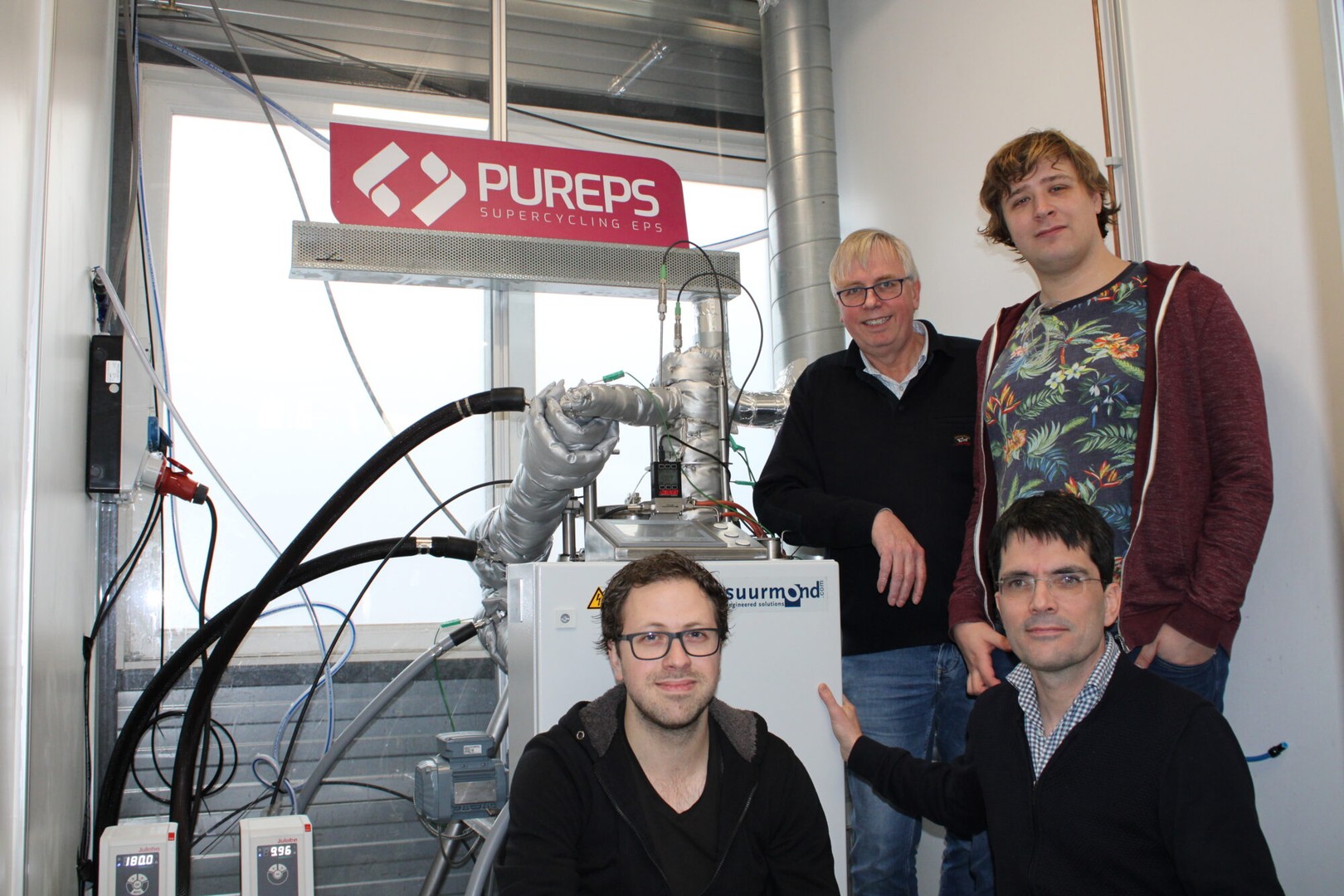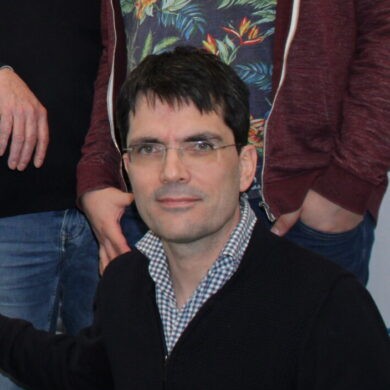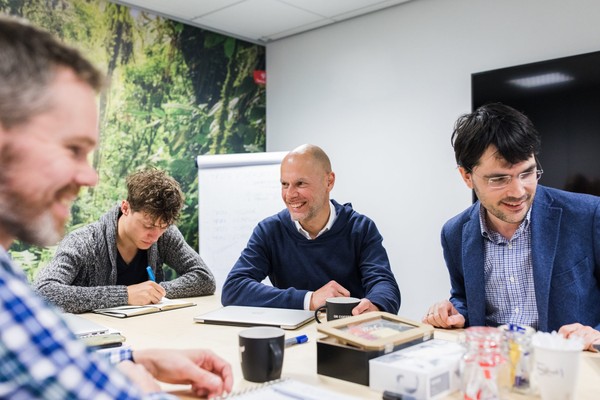cases >> Pureps
MAKING STYROFOAM CIRCULAR.

MAKING STYROFOAM CIRCULAR.
The ever-growing rubbish mountain of heavily contaminated waste, which eventually goes up in flames: this is an unsustainable situation if we want to keep a livable planet. That is why Pureps developed a way to make styrofoam circular. Because, as CTO and co-founder Martinus Vossebeld says: “We want to develop something that positively contributes to the world.”
Pile of beautiful material
Styrofoam (EPS) has many uses, but as soon as it has to be disposed of, it is dumped or incinerated. While it often contains harmful substances. “Sometimes it is recycled into a secondary raw material,” Martinus explains. “But a true circular solution didn’t exist yet. So we wanted to develop one. What triggered us was that huge pile of waste lying around and actually being hidden away. And this pile of beautiful material is now going up in flames, which is a shame. With our process, styrofoam and fire retardant can be converted into raw material.”
87% CO2 emissions savings
With Pureps’ method, all residuals are reused. “With a chemical process, we can make styrofoam 50 times smaller on-site, allowing us to transport more at a time. And because the harmful substances can be removed, up to 87% of CO2 emissions will be saved. For example, we can convert bromine, which comes from flame retardant, into raw material. This way, the harmful substances can still be further used, and the output will be of the same quality as the input. With this method, styrofoam can be turned into a fully circular product, eliminating the need for new raw materials. The technique is practical and easily applicable. So when we scale up, we can make a huge impact.”
Scaling up technically and operationally
And the pace at which Pureps scales up is fast. Martinus: “When we started, we could process 30 grams EPS per hour, we are now at 1 kg. With the received funding from the High Tech Fund , the production can be scaled up to 30 kg per hour. We are extremely happy about that because it means we will not only scale up technically, but also business-wise. We started out as a tech club with diverse backgrounds and made a good start with the support of Novel-T and the regional ecosystem. Ever since, experienced people from different backgrounds joined our team. We also got our technology patented. By taking the next step, our business case becomes stronger and allows us to measure the quality of the incoming and outgoing flows, which will soon attract more investors. We are no longer just a technical club, but we can now translate technology into practice. We want to develop something that contributes positively to the world. This can only be done by partnering with companies and people who will benefit from it. That is why we have a partner in every stage of the process. There is a lot of trust coming from the industry, so we can really accelerate.”
From beaker to factory
This is reflected in Martinus’ ambitions for Pureps.”It is not a matter of a ten-year plan, but a five-year plan. By 2026, we want to have our first factory that allows us to scale up from 30 kg per hour to 1000 kg per hour, saving 20 kilotonnes of CO2. It’s motivating to go from beaker to factory within four years. But even this factory is still a subgoal. If this runs, even more effort will be put into collaborating with other parties so that local firms can get a license for our technology. That way, we can expand across Europe and transition into a circular economy. In ten years, I hope we will be a nice R&D club that continues to add great technologies which are applicable in the market. Until we get there, we are open to collaborations with other companies in the industry. After all, by working together, you increase your impact, and that’s what we do it for.”

"It's motivating to go from beaker to factory within 4 years."
Martinus Vossebeld
CTO and co-founder PurepsMore about
Pureps
The ever-growing rubbish mountain of heavily contaminated waste, which eventually goes up in flames: this is an unsustainable situation if we want to keep a livable planet. That is why Pureps developed a way to make styrofoam circular. Because, as CTO and co-founder Martinus Vossebeld says: “We want to develop something that positively contributes to the world.”






